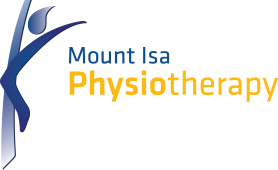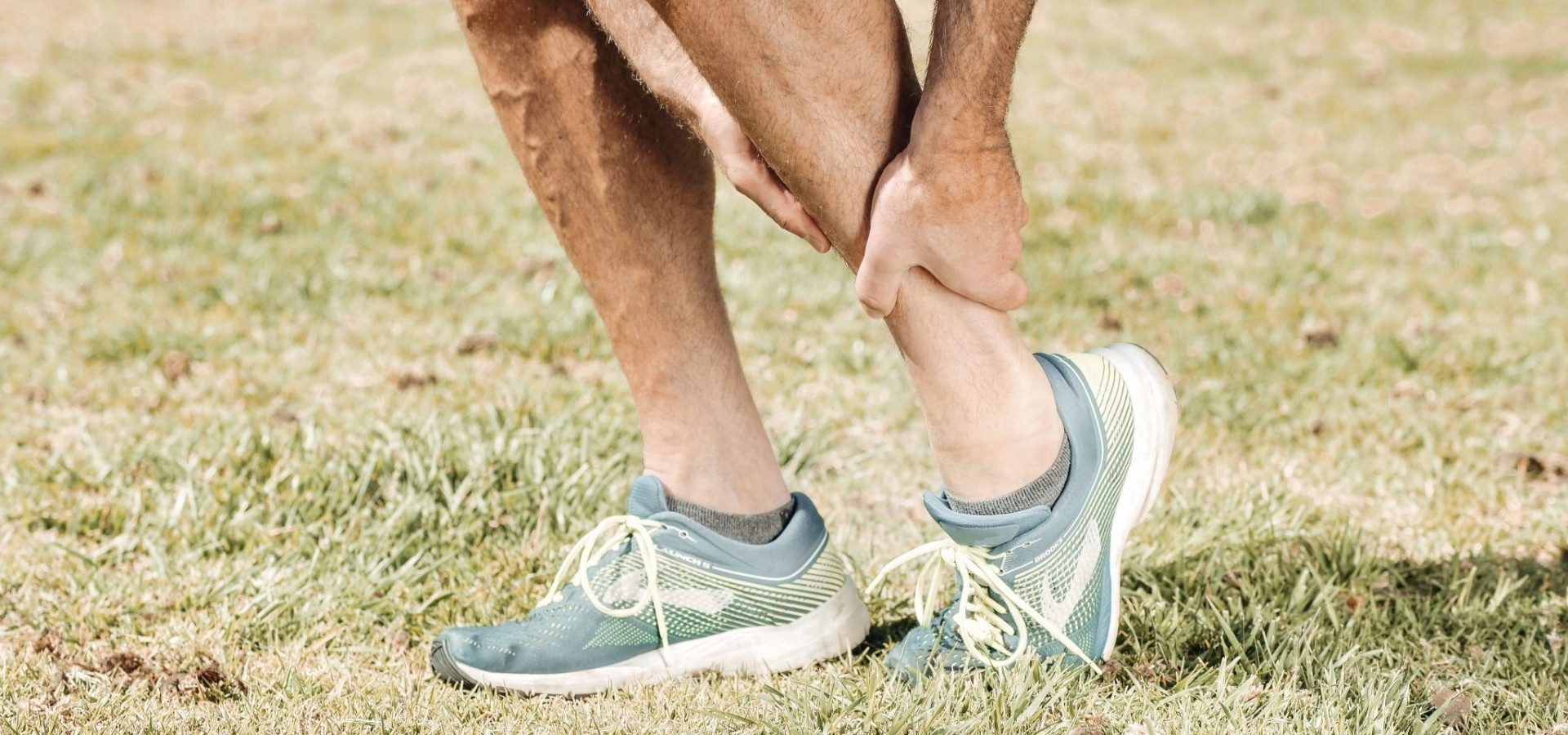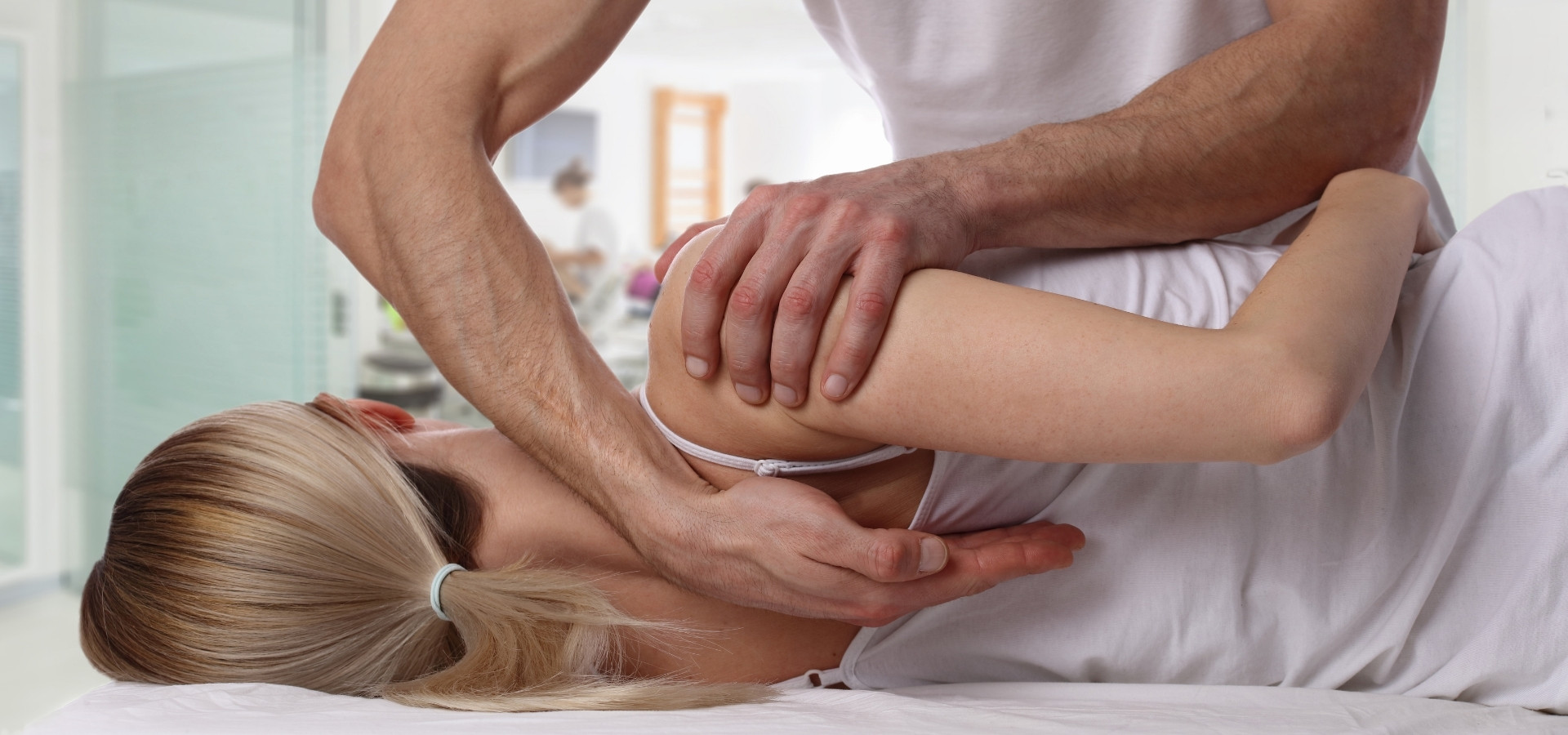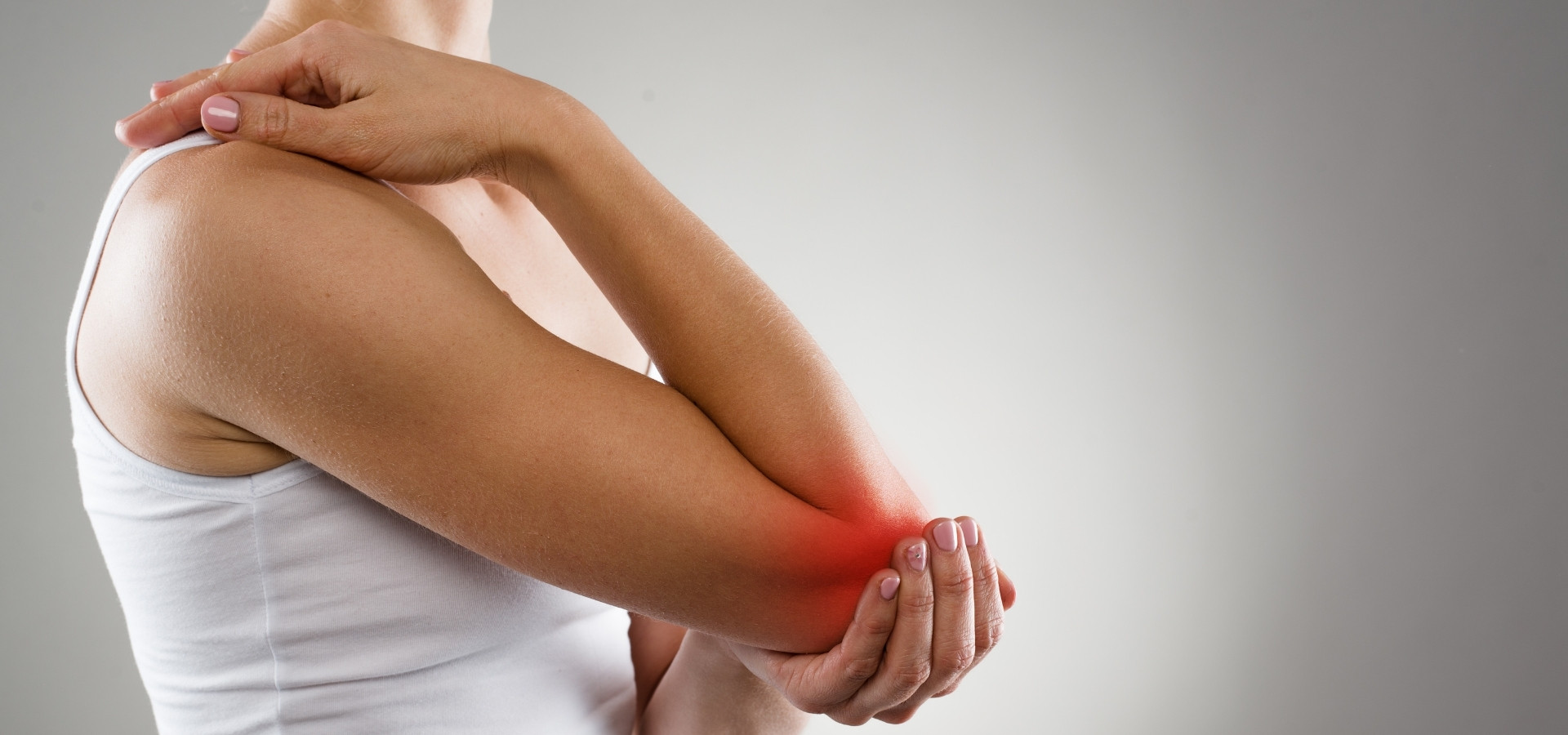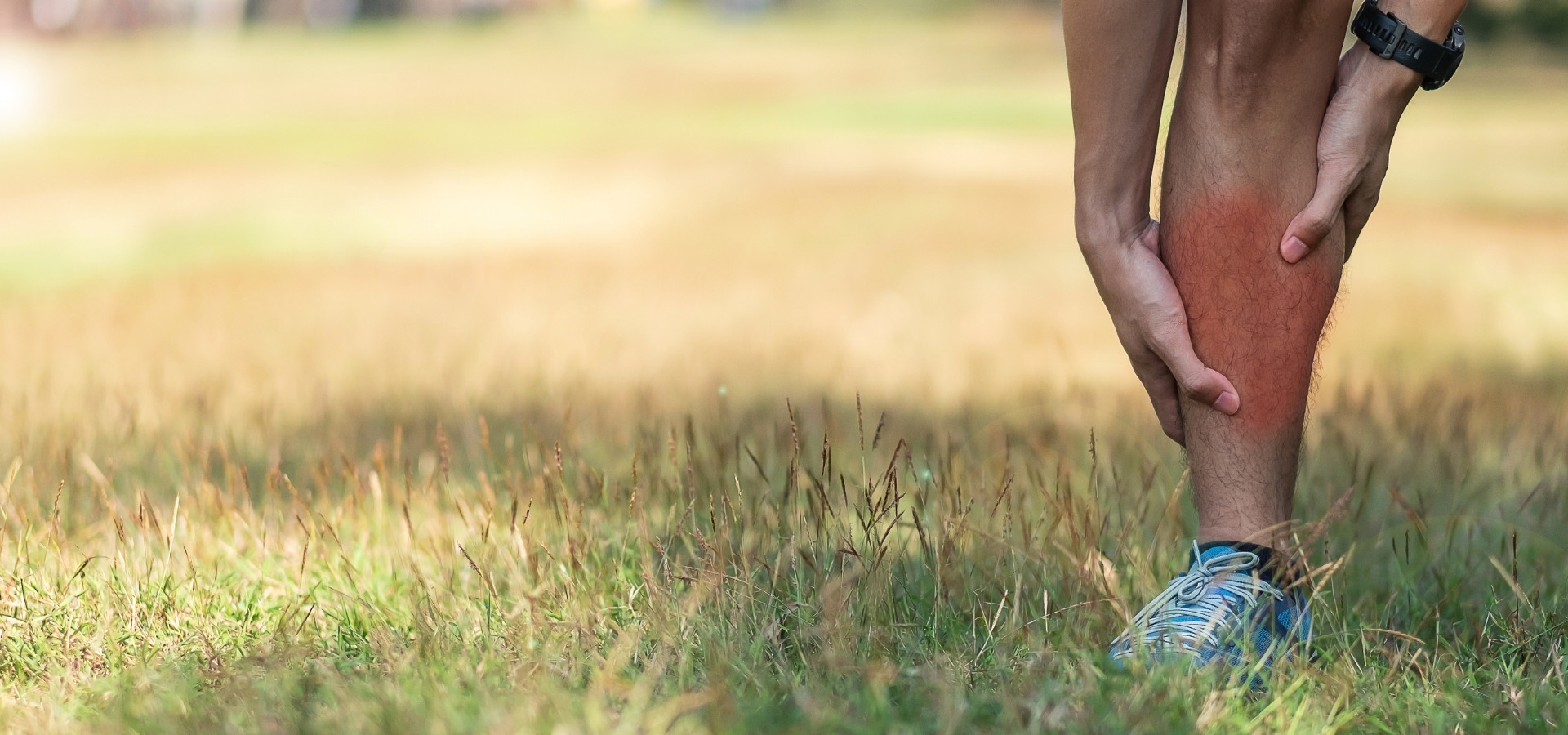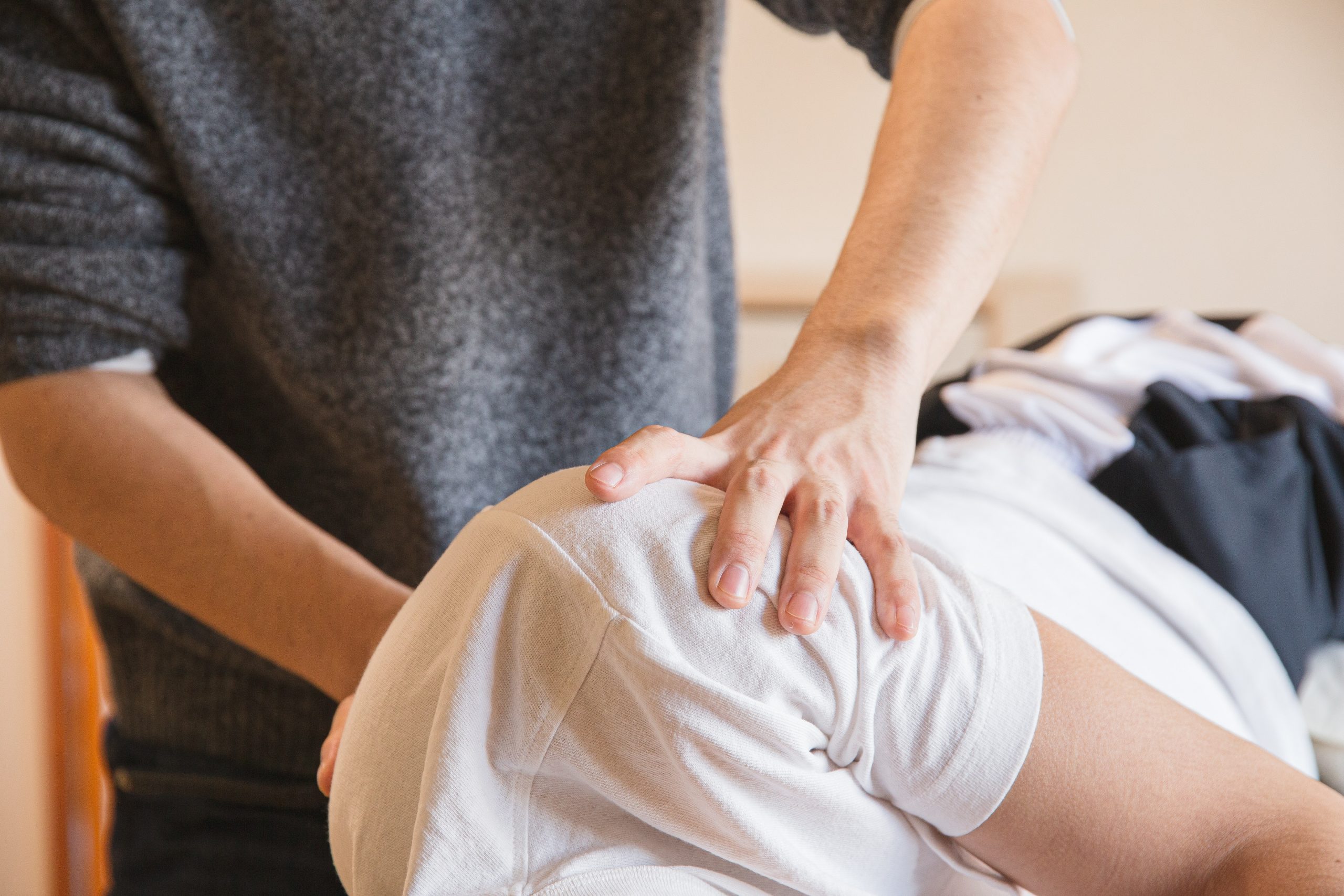Headaches are one of the most common medical complaints that people experience, but the reasons behind it can vary. A headache could be a stand-alone illness caused by over-activity, chemical activity in the brain, or problems involving blood vessels, muscles, and nerves of the head and neck.
Common causes of Headaches
Headaches can be quite complex and most of the problems arise due to the dysfunction in regions of the neck. Physical and emotional stress and tension can also be the reason. The physical cause of the pain can be successfully treated by physiotherapy and preventive advice can help to stop the development of such pain in the future.
Common types of headaches treated by Physiotherapy
Headaches can appear as pain in the head, in and around the eyes or ears, and behind the back of the head. Among all types of headaches, the most common type that’s diagnosed by physiotherapists at Mount Isa Physiotherapy is tension and Cervicogenic Headaches.
Tension headache, which falls as a primary headache, is quite common and is often related to pain and tension in the region of the neck. This occurs when there is a disorder of joints or muscles that connect the neck to the base of the skull, known as Cervicogenic Dysfunction. This can trigger acute or incessantly sporadic, but strong pain in the head. The nerves in the region of the neck are also connected to the head and face. This type of headache is often hard to read and difficult to diagnose for doctors.
Your headache may be originating from your neck, when:
• The pain pulsates or radiates from the back of the head to the front and other areas
• You experience pain between shoulder blades
• The headache worsens with movements of the neck, or by keeping the neck in a single position like staring at the computer screen for a long period with the chin poked forward
• The headache is eased by pressure at the base of the skull
• Medication doesn’t help
Symptoms of Neck Headache
Neck Headache begins in the back of the head and upper neck and feels like a band that is tightened and is applying pressure. It can lead to a reduced range of movements of the neck.
Tension headaches are described as a band of pressure that encircles the head with intense pain over the eyebrows. The pain can be mild, but not disabling, and bilateral affecting both sides of the head. There might be slight variations in the symptoms, but these headaches are not associated with an aura (e.g. flashing lights, psychedelic images, zigzagging lines) and are often associated with nausea, vomiting, or sensitivity to light and sound.
Tension headaches are sporadic, with inconsistent patterns, however can be frequent and sometimes routine for some people. While some people find that they can function without much ado, others are rendered inactive because of it.
Most importantly, when it is a constantly troubling headache, priority should be given to diagnose and start the treatment without delay. A visit to Mount Isa Physiotherapy for treatment and advice can be your best call.
Treatments for Headaches
• Mobilization of stiff joints
• Soft tissue release (STR) of tight muscles
• Stretching exercises
• Strengthening of weak muscles
• Heat treatment
• Dry needling
Mount Isa Physiotherapy provides postural and ergonomic advice to patients diagnosed with headaches originating from neck pain. Along with other preventive measures, specialized neck pillows are also suggested and also provided.
Computerised Posture Analysis (posture pro) and X-rays will help in narrowing in on the different causes of the headache if necessary, and treatment with advice/tips will be given to help avoid the recurrence of the pain.
If you are suffering from a headache that’s long been troubling you, then contact us today to book a consultation at Mount Isa Physio.
